I'm currently stuck on modelling an activity diagram for a workflow which happens in a collaborative way by many users. It is somewhat comparable to multiple users editing and validating the same Confluence Page at the same time so I decided to use this as an example which is easy to understand.
The workflow for a single user would look like this:
The user edits a page (complex activity in my case), publishes it, then performs some kind of validation (another complex activity) on the published page. If unsatisfied, the user goes back to editing the page and repeats this cycle until satisfied.
Now imagine the collaborative version of it like this (this is a horrible workflow of course, but imagine you would have to model it anyway):
Several users edit the same page collaboratively, and at any point, one of the users can publish the current contents and start validating what has been edited so far. The other users will however stay in the editing step and might edit further content while the first user is validating. The "states" of the various users are independent from each other, so user 1 could start validating, then users 2 and 3 could publish changes and start validating as well while user 1 goes back to editing, during which user 4 publishes changes etc. The workflow will only end once all users have decided they don't want any further changes.
This leads to the question: How would I have to change the diagram to express the collaborative workflow I described here? Is the whole activity diagram a <<parallel>> expansion region? Do I add a synchronisation point at the end? Is it an <<iterative>> region instead? Or are the inner activities parallel, but not the whole workflow?

